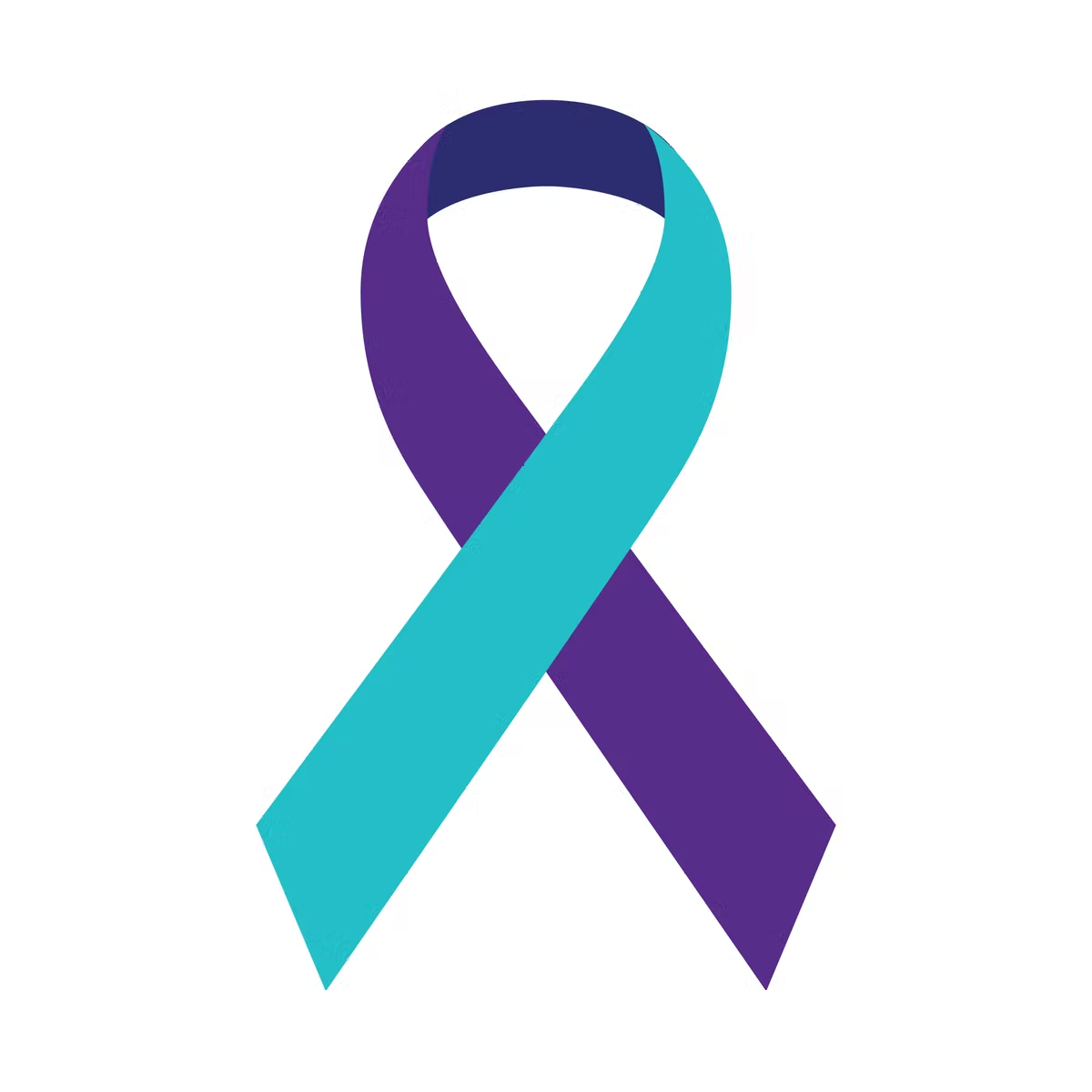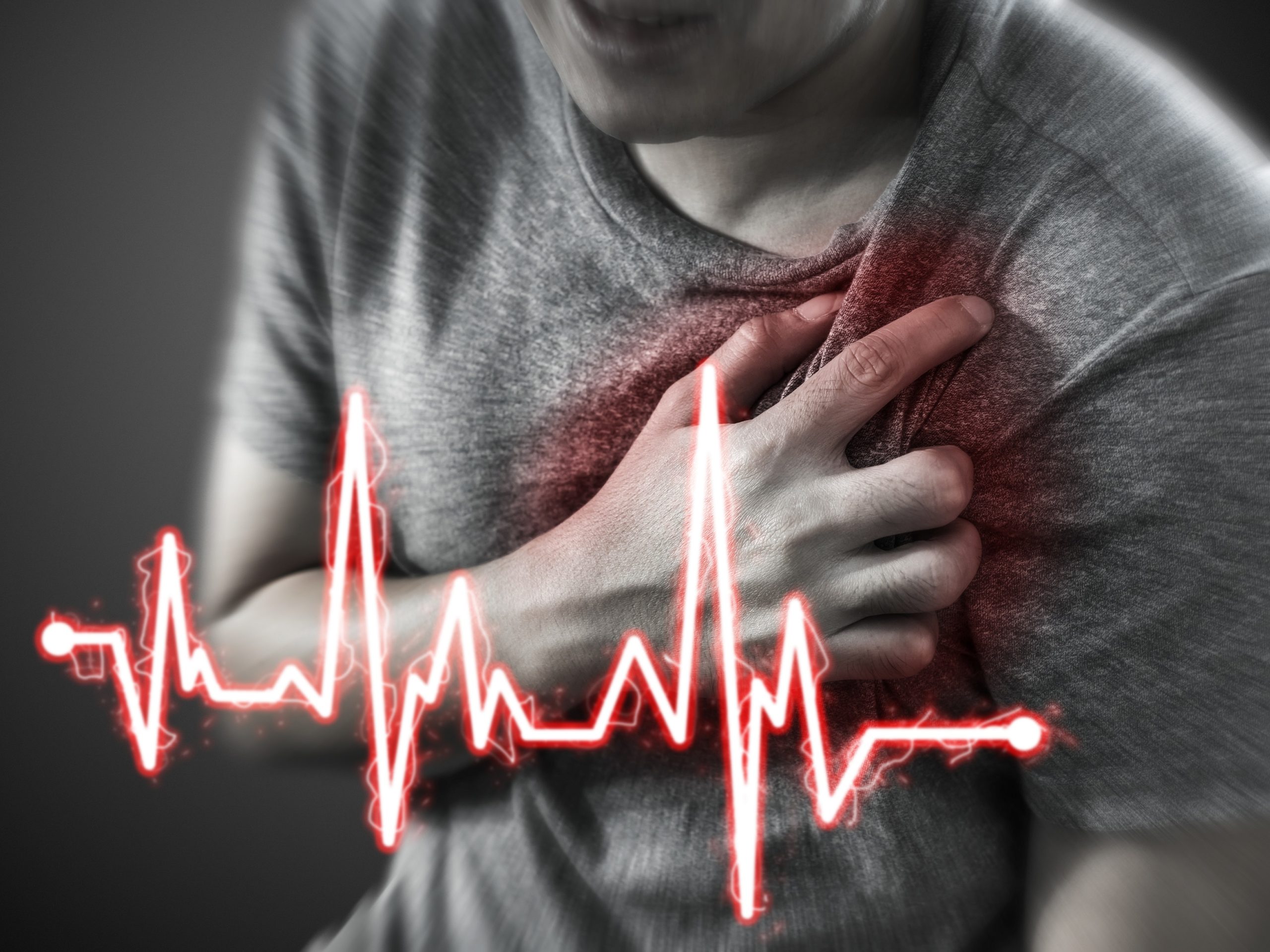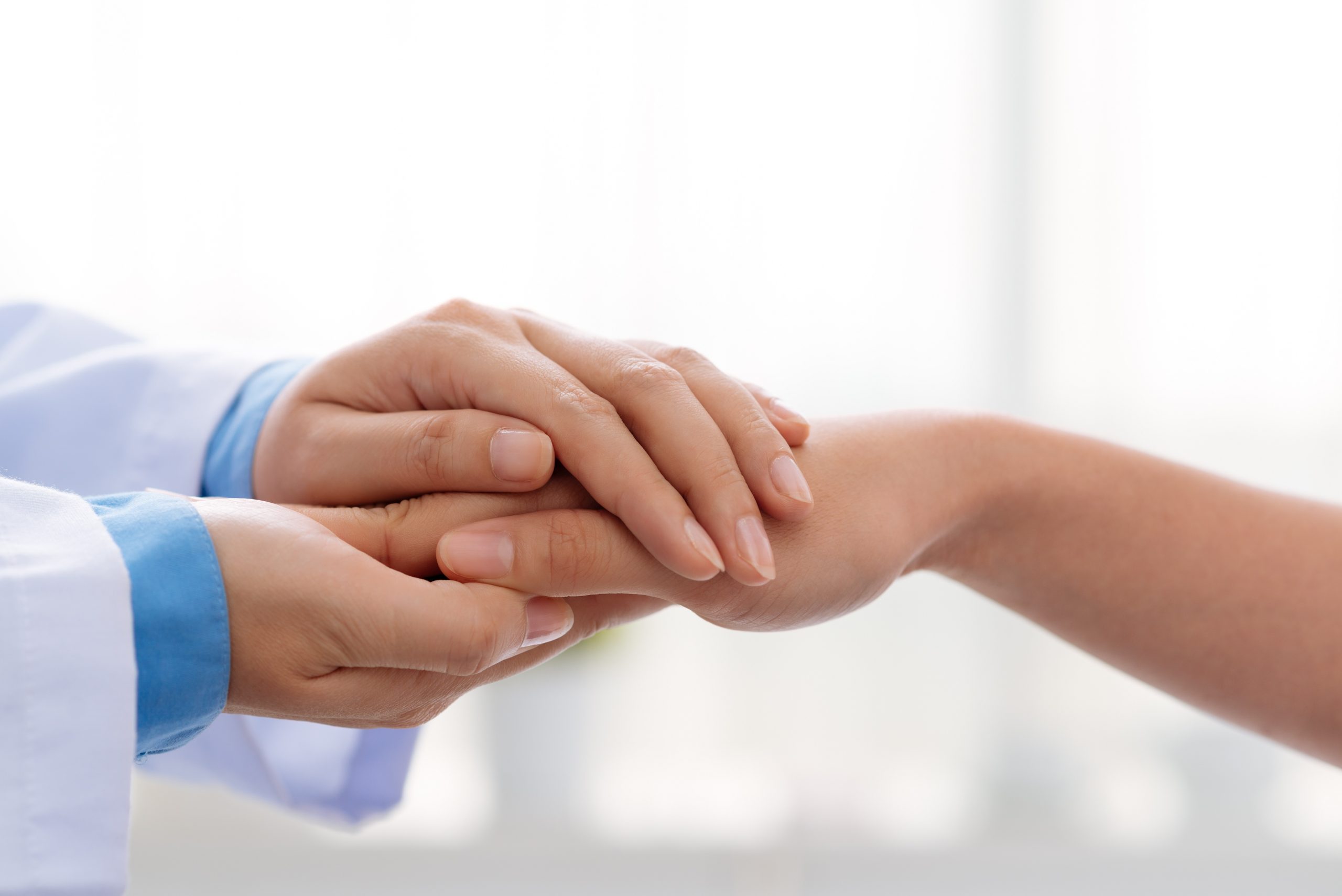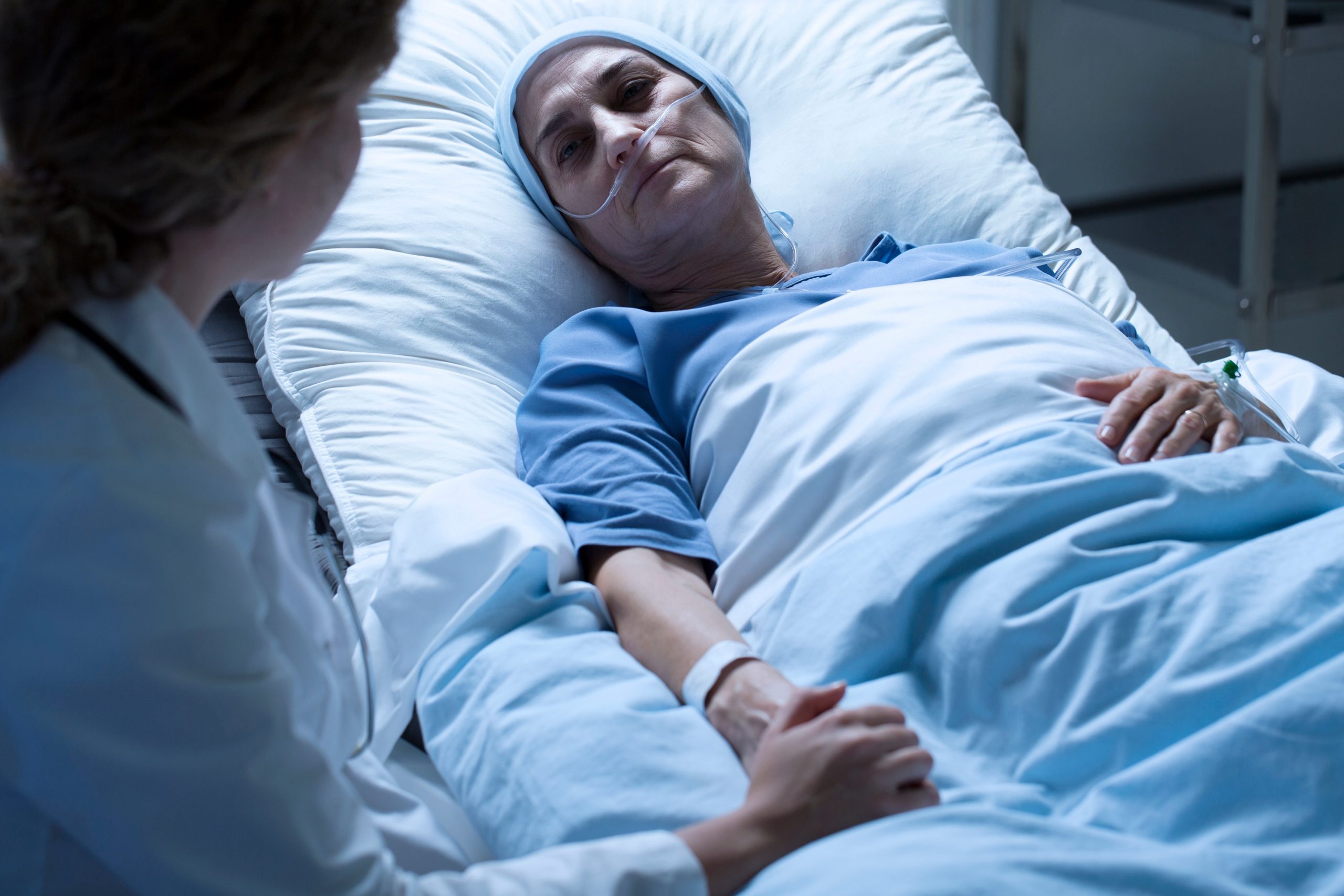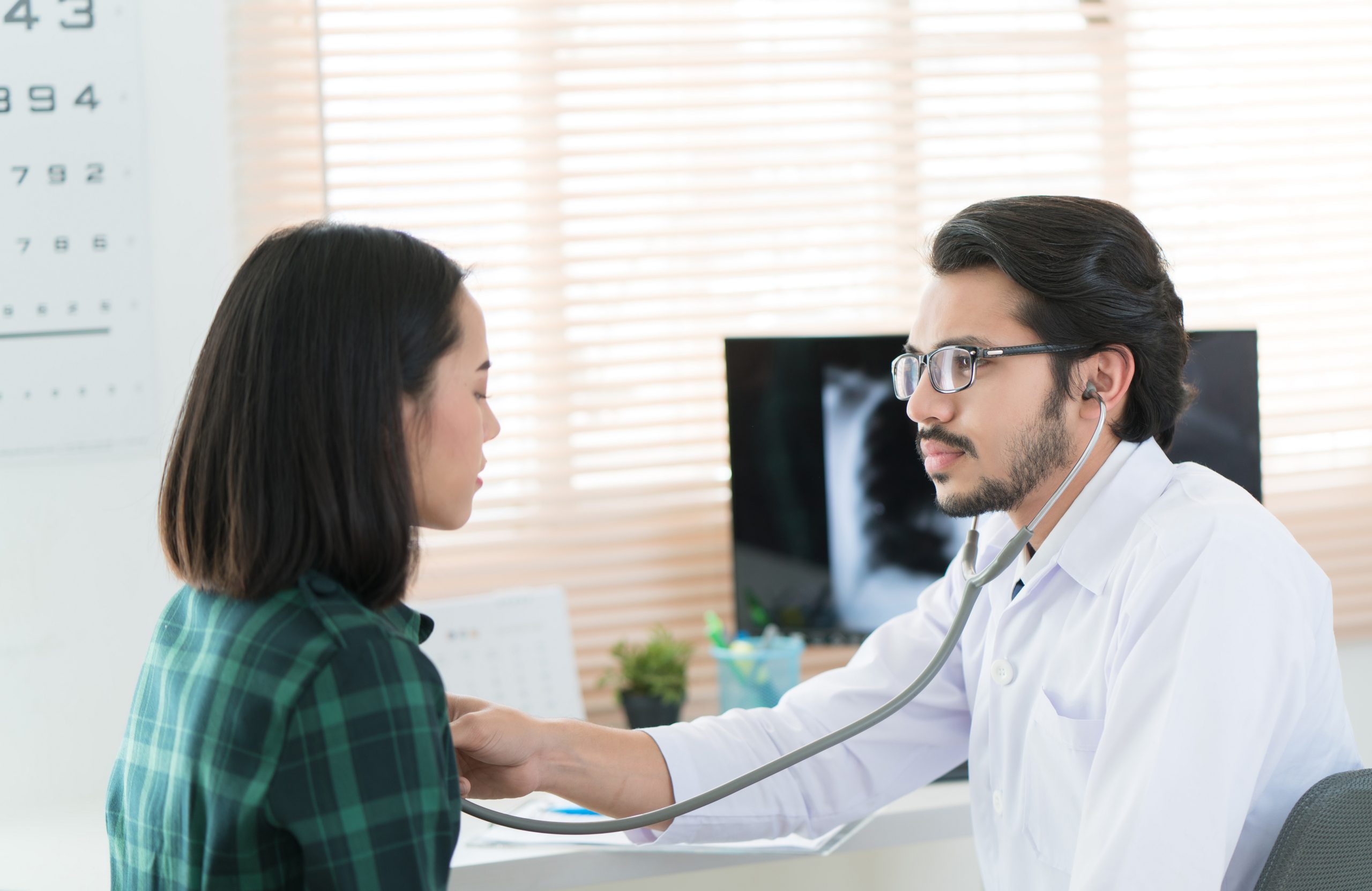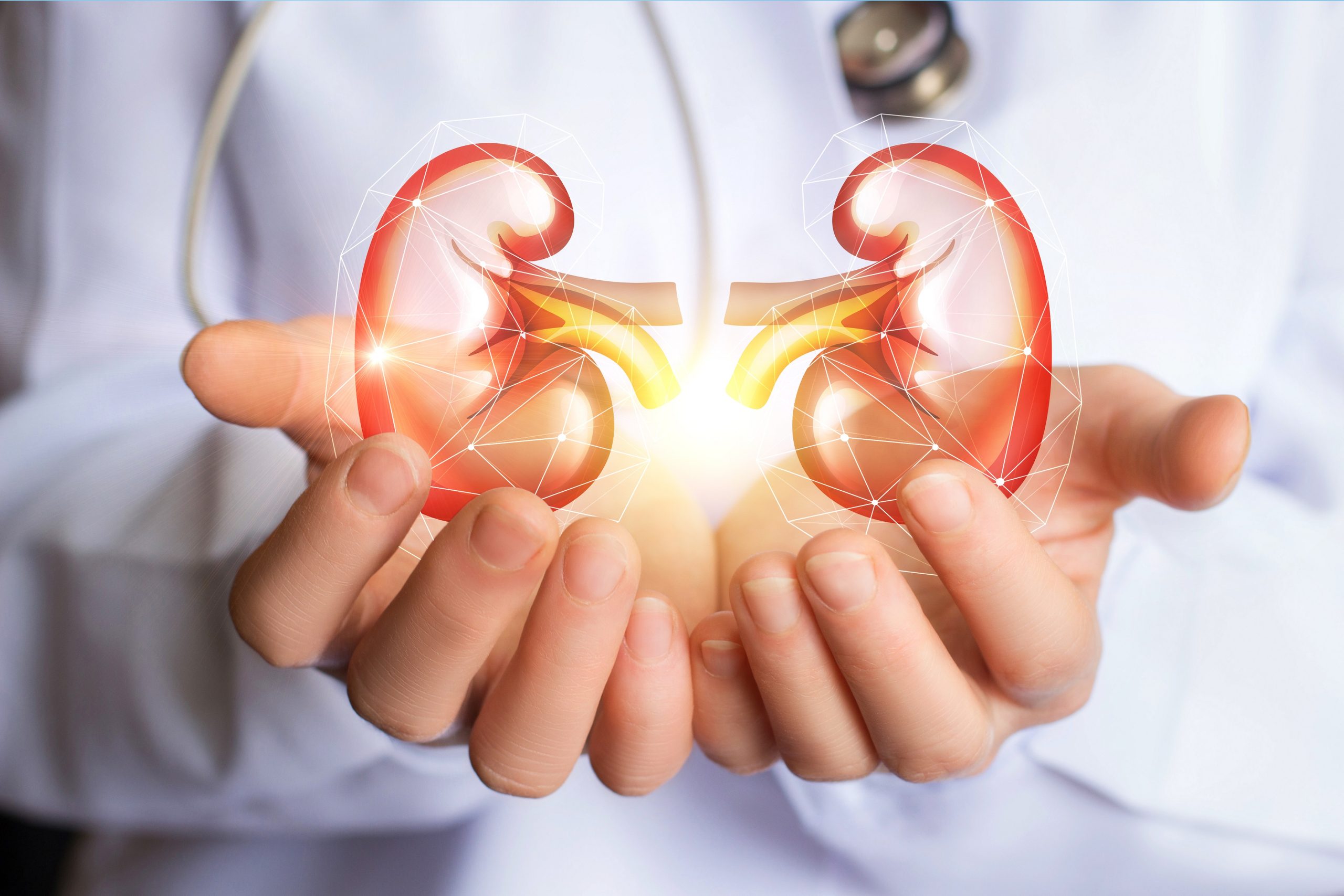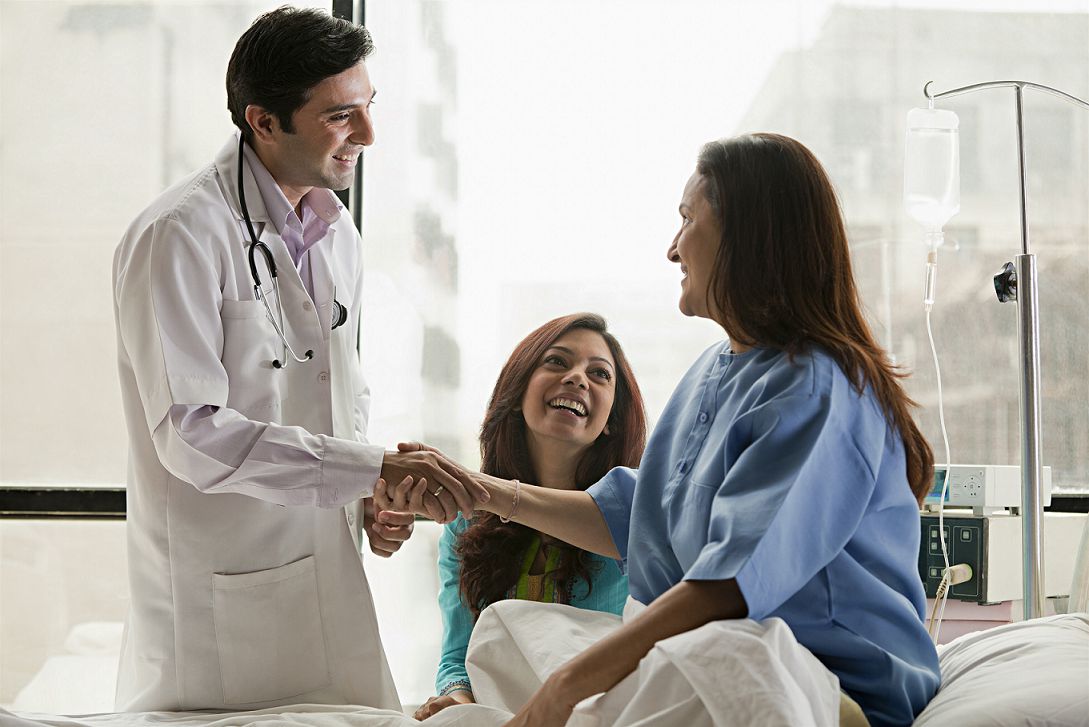Suicide: A Silent Killer!
Suicide…the last act of a depressed, dejected and despondent being, which they choose as a last resort to solve their life’s problems. But is suicide really a solution? Although the body can be freed from worldly pain through suicide, can the soul?
The Rise of Suicide Rates in Bangladesh
According to statistics from the WHO, there is an average of 1 suicide every 40 seconds all over the world. This means while you’re taking a sip of your cup of tea, , somewhere in the world someone is voluntarily taking a vacation from life. Even Bangladeshi statistics for suicide are quite alarming.
According to sources, a total of 14,436 people died due to suicide in Bangladesh last year alone, which is 70% more than the total number of deaths due to corona in the first year of the country’s corona epidemic. But as much as we have been able to stay aware and take precautions for the corona epidemic and other physical problems, have we been equally aware and prepared to resist this silent killer called suicide?
Signs of Suicide
The first important step in preventing suicide is to find out the reasons why a person chooses this path. Suicide is usually the ultimate manifestation of some mental disorder, one of which is depression. Sufferers of depression, often failing to achieve any dreams or goals, feel that their lives are meaningless at some point; as a result, they seek salvation through suicide. People may also choose this extreme approach due to stress, relationship problems, fear of loss of respect, family problems, physical pain, drug addiction and psychological abuse.
According to WHO statistics, suicide rates are higher among people under the age of 30. Men are more vulnerable than women. On the other hand, apart from these regular reasons, the financial crisis caused due to the ongoing coronavirus epidemic, tension in relationships and depression caused by loneliness, the tendency of people to commit suicide has increased significantly.
How to Help Someone at Risk of Suicide
There are several signs shown by a person at risk of suicide, which can largely help in predicting their decision. This is because suicidal tendencies don’t develop overnight. On the contrary, after a long period of time, the person loses his will to live when depression and shame accumulate in their mind. During this time, various negative thoughts are seen in the speech and activities of the person. Self-hatred, guilt, feeling like a burden to others etc. emerge in their conversations.
Such people tend to be restless, get easily irritated by everything and distance themselves from friends and family. They even start searching online for various suicide execution plans.
Preventing Suicide: The Role of Family and Friends
A suicidal person’s thoughts usually go round and round in circles, and at some point, they unknowingly push themselves towards suicide. Therefore, a person at risk of suicide can mostly be helped by family members and close friends. In many cases, a suicidal person has communicated his or her thoughts directly or indirectly to those close to them through social media.
Therefore, it is important to discuss with loved ones as soon as any such symptoms are seen. They need to be convinced that suicide is not a solution to the problem and that it is possible to find alternative ways to solve it. In addition, any deadly and dangerous material should be kept out of the reach of these vulnerable people. Above all, the person at risk should be referred to psychiatrists and psychologists as soon as possible. This is because proper care and counselling can help turn a suicidal person away from this path.
The Power of Awareness
Loving yourself and those you love, and a little attention and care from your loved ones can prevent this silent killer called suicide. Negative thoughts like suicide can be eradicated only by making life meaningful and enjoyable through social values, mutual harmony and understanding. This requires education, discussion and above all, awareness. So let us be aware and help others to be aware. Let awareness be the key to prevent suicide.
Fabia Alam
Counselor


